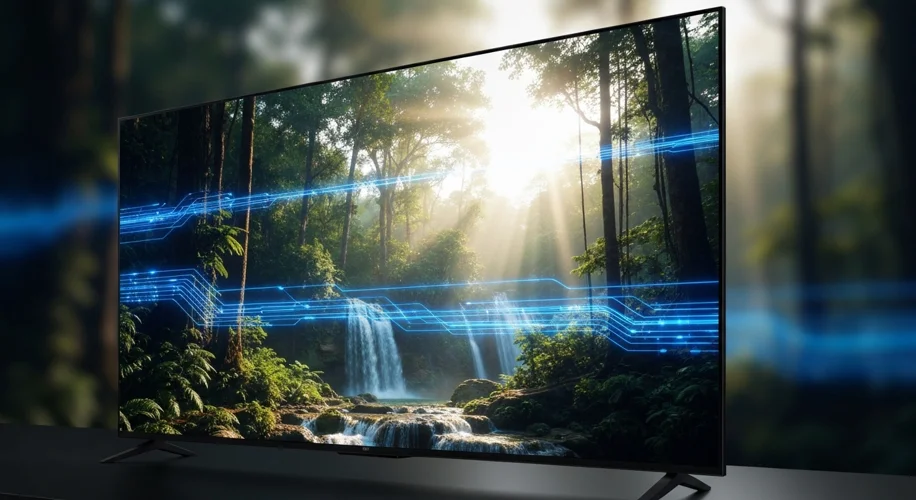Hey everyone, Mateo here! So, the tech world is buzzing again, this time about something called Dolby Vision 2. You might have seen some articles popping up, like that one on Ars Technica, hinting that this new standard for HDR (High Dynamic Range) is going to be… well, a bit controversial. Let’s break down what that actually means for your TV and your viewing experience.
First off, what even is HDR? If you’ve got a newer TV, chances are you’ve seen the HDR logo. It’s all about making your picture pop – think brighter highlights, deeper blacks, and way more colors than your old standard TV could ever show. It makes movies and games look super realistic, almost like you’re looking out a window.
Dolby Vision is already a big player in this space. It’s a premium HDR technology that uses ‘dynamic metadata.’ Think of metadata as little instructions that tell your TV how to display each scene, frame by frame. This is what makes Dolby Vision so good at handling super bright and super dark moments in a picture without losing detail. It’s what gives you that extra layer of visual oomph.
Now, enter Dolby Vision 2. The word on the street is that it’s going to push things even further. We’re talking about potentially even better contrast, more accurate colors, and maybe features that adapt the picture even more intelligently to your specific display and viewing environment. It sounds pretty cool, right? More stunning visuals, more immersive experiences. That’s what we want.
So, where does the controversy come in? Well, it usually boils down to a few things when new tech standards arrive:
- Compatibility: Will my current TV be able to handle Dolby Vision 2? Often, these new standards require new hardware. If you just bought a top-tier HDR TV last year, you might be wondering if it’s already obsolete for the latest and greatest. Display manufacturers and Dolby will likely work on backward compatibility, but there are always limitations.
-
User Experience: Sometimes, new features sound amazing on paper but don’t translate perfectly into everyday use. Will the “smarter” picture adjustments be noticeable, or will they be subtle tweaks? And will there be any weird side effects or settings that are hard to manage?
-
Adoption: How quickly will content creators and streaming services actually start using Dolby Vision 2? If there’s no new content to show off its capabilities, the excitement can fizzle out.
The tech community loves to debate these things because we’re all invested in getting the best possible experience. It’s a good sign when companies are pushing boundaries, but it also means we have to keep an eye on how these advancements affect the gear we already own and the way we interact with our favorite media.
It’s still early days, and we don’t have all the nitty-gritty details yet. But keep an eye out for more news on Dolby Vision 2. It’s shaping up to be an interesting development in how we see our digital worlds.

